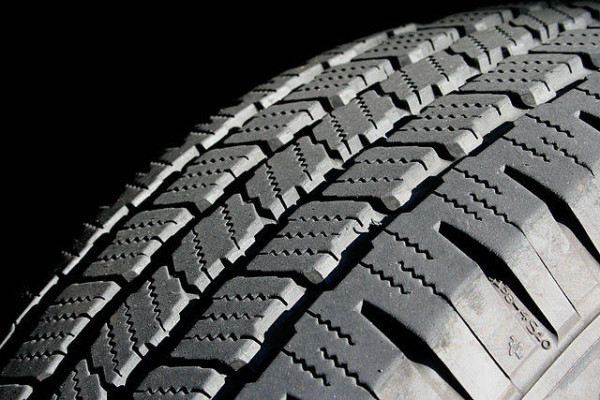We all have experienced that adrenaline rush when our cars or bikes screech against the road as they skid slightly on a rainy day. Or the twinge of irritation as we land on a speed-breaker rather roughly, or find it hard to drive long hours because of a rickety journey.
Well, guess what? It’s the tyres of our vehicles that bear the brunt of our love for travelling. And in much the same way as our feet, they undergo wear and tear too. The only difference is, wires wear out much faster than our feet due to the high speeds and frequency that we use them with.
Since tyres are not endowed with the natural healing mechanism that our biological systems are, we need to keep an eye out for them and know when to change them.
Why? Because worn out tyres are quite dangerous to drive on. Knowing when to change your tyres isn’t about spotting that little hole in your tyre or waiting for that long-dreaded puncture to occur in the middle of the highway.
Though rubber technology has advanced to a level which facilitates a much higher durability than the days of the tricycles, tyres are still susceptible to moisture and UV exposure. Here are a few signs that you must look out for if you don’t want to find your car spinning out of control one fine day:
More the Buzz, Make a Fuss
If you are experiencing an unnatural level of bumpiness on your ride back home, it is time to take your vehicle to the doc. If you are a weathered driver, it won’t be hard for you to know exactly when the vibration seems to be getting out of hand. However, as long as you get it checked out, there is no reason to get alarmed about this, since a little extra buzz doesn’t always necessarily foretell an impending tyre blowout.
Keep the “Tread” in Mind
The tread of a tyre is, in layman terms, the crisscross pattern of ridges in tyres that kids usually marvel at. With prolonged use, the ridges begin to wear out due to continuous friction. When the tread drops below 1.6 mm, it’s time to go tyre shopping. Here’s an easy trick that you can keep handy to check if your tyre is wearing its way into danger zone:
Take a penny and insert it into the ridges of the tyre so that Lincoln goes headfirst into it. If you can see his head fully, your tyre has outlived its days and needs to retire.
Track the Sidewall Cracks
The sidewall of a tyre is literally the side of the tyre. If you notice cracks, cuts or grooves along the sides of the tyre, which are visible to the naked eye easily, you need a new tyre. This is one of the easiest ways to detect a worn-out tyre, the flipside being that sidewall cracks usually mean that your tyre is almost ready to give out and needs replacement. Immediately!
Keeping these easy pointers will go a long way in giving your vehicle (and you) a long and healthy life!
By Azzam Sheikh
This article is a contribution of Azzam Sheikh, an accomplished Tyre consultant at Tyre-Shopper, UK

